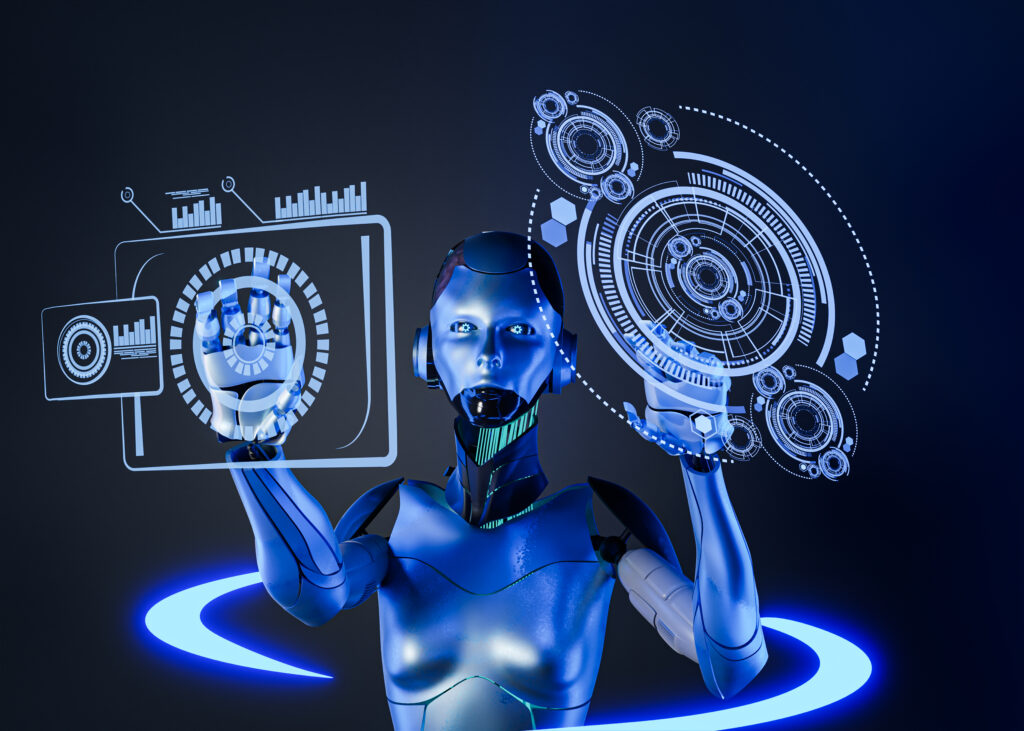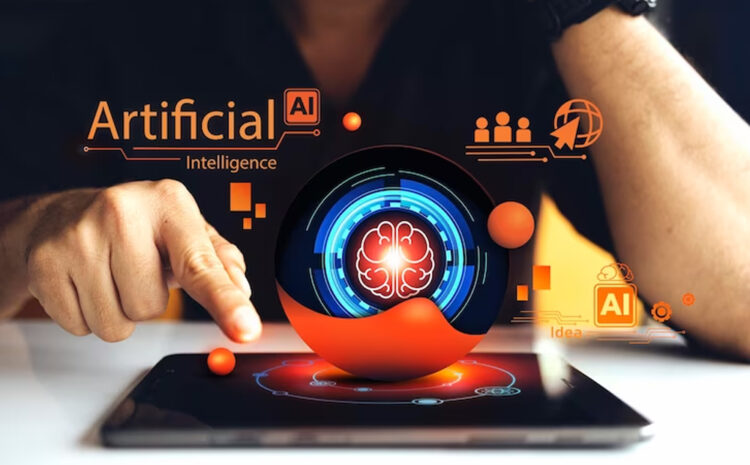Welcome back to Boundless Technologies, a leading name in web development in Karachi. In today’s blog, we’re shedding light on another revolutionary release by OpenAI: Sora. Sora is a text-to-video generative AI model that takes text prompts and creates corresponding videos matching the descriptions provided. Operating as a diffusion model, Sora gradually transforms static noise frames into video frames resembling the prompt description. Combining a diffusion model with a transformer architecture, it likely uses the transformer for high-level layout determination and the diffusion model for detail creation. Sora also employs a recaptioning technique to enhance prompt detail before video creation.
Below are some frequently asked questions about Sora along with their corresponding answers.
How Long Can Sora Videos Be? Sora videos can be up to 60 seconds long.
What are the Limitations of Sora? Sora currently lacks an implicit understanding of physics, causing occasional deviations from real-world rules. It may also exhibit spatial inconsistencies in object positioning.
What are the Use Cases of Sora? Sora has versatile applications, including creating videos from scratch, extending existing videos, and filling in missing frames. It’s valuable for social media content creation, advertising/marketing, and prototyping/concept visualization.
What are the Risks of Sora? As with other generative AI models, Sora carries risks of generating harmful or inappropriate content, misinformation/disinformation dissemination, and perpetuating biases/stereotypes present in the training data.
How Can I Access Sora? Currently, Sora is accessible only to “red team” researchers tasked with identifying and mitigating potential problems with the model. OpenAI has not announced a public release date yet.
What Are the Alternatives to Sora? An alternative to Sora is Runway Gen-2, another text-to-video generative AI model available on web and mobile platforms.
Exploring the Boundaries: Can This AI Go Beyond Text-to-Video Generation??
Apart from creating AI videos, Sora, as an AI model developed by OpenAI, can potentially be applied to various other tasks and domains. Some potential applications and capabilities of Sora could include:
- Text-to-Image Generation: While Sora specializes in text-to-video generation, it could also be adapted for text-to-image generation tasks, similar to other models like DALL·E.
- Creative Writing Assistance: Sora’s ability to generate detailed visual scenes from text prompts could also be leveraged to assist writers in generating vivid descriptions for stories, articles, or marketing content.
- Storyboard Creation: Sora could be used to automatically generate storyboard sequences based on written scripts or narrative descriptions, aiding in the pre-visualization process for film, animation, or advertising projects.
- Virtual Environment Generation: Beyond video creation, Sora might be applied to generate immersive virtual environments for virtual reality (VR) experiences or gaming applications based on textual descriptions.
- Augmented Reality (AR) Content Creation: Sora could potentially assist in the creation of AR experiences by generating visual assets or scenes based on textual input, enhancing the user experience in AR applications.
- Training Data Augmentation: Sora’s ability to generate realistic video content could be leveraged for data augmentation in machine learning tasks, particularly in computer vision applications where diverse training data is essential.
- Educational Content Creation: Sora could be used to create engaging educational videos or animations based on textual descriptions, facilitating learning in various subjects and domains.
- Content Localization: Sora might assist in automatically creating localized versions of videos or multimedia content by generating visual adaptations based on translated text prompts.
- Simulated Scenario Generation: Sora could generate simulated scenarios for training purposes in fields such as emergency response, healthcare, or autonomous vehicle testing, based on specific textual descriptions.
- Interactive Storytelling: Sora’s capabilities could be harnessed for interactive storytelling experiences, where users provide textual input to influence the progression of visual narratives or game environments.
These are just a few potential applications and extensions of Sora’s capabilities beyond text-to-video generation. As AI technology continues to advance, further innovations and applications may emerge in various domains.

In the End
OpenAI’s Sora model represents a significant advancement in generative video technology, with wide-ranging potential applications across various industries. Its forthcoming public release is eagerly anticipated, promising to further accelerate innovation in the field of generative AI.


